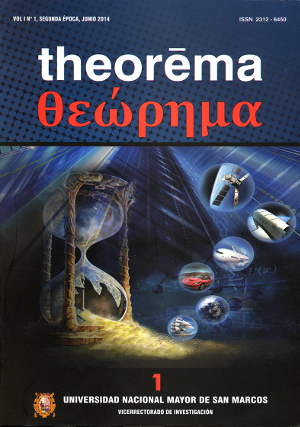Depression and anxiety in women suffering abuse from their couples according to the kind of marital cohabitation in the slum areas in Lima city
Keywords:
Depression, anxiety, woman, couple relationship, type of cohabitationAbstract
In this paper the mental health consequences in battered women by their couples depending on the type of couples’ relationship, mainly associated with depression and anxiety have been analyzed in a sample of 428 women grouped according to the condition of violence in the relationship (with and without violence). It was Founded that there is a significant correlation between state anxiety with depression (sig. = 0.04) and significant one between depression and trait anxiety (Sig = 0.00). It was also found that state anxiety differs depending on the condition of abuse, with women victims of abuse who have higher anxiety; trait anxiety across difference is a more pronounced feature in battered women. Regarding depression, battered women have more depression than non-battered women. Anxiety state and anxiety trait did not significantly characterize the types of couple relationship; anxiety can accompany women regardless of the type of family to which they belong. Likewise, for depression, no significant differences were found by marital cohabitation type.Downloads
Published
Issue
Section
License
Copyright (c) 2016 Rosa Huerta Rosales, Mario Bulnes Bedón, Carlos Ponce Díaz, Amparo Sotil Brioso, Emma Campos Pacheco

This work is licensed under a Creative Commons Attribution-NonCommercial-ShareAlike 4.0 International License.

Theorema segunda época by Vicerrectorado de Investigación y Posgrado is licensed under a Creative Commons Reconocimiento-NoComercial-CompartirIgual 4.0 Internacional License.
Creado a partir de la obra en http://revistasinvestigacion.unmsm.edu.pe/index.php/Theo/index.
AUTHORS RETAIN THEIR RIGHTS:
a. Authors retain their trade mark rights and patent, and also on any process or procedure described in the article.
b. Authors retain their right to share, copy, distribute, perform and publicly communicate their article (eg, to place their article in an institutional repository or publish it in a book), with an acknowledgment of its initial publication in the Theorema segunda época.
c. Authors retain theirs right to make a subsequent publication of their work, to use the article or any part thereof (eg a compilation of his papers, lecture notes, thesis, or a book), always indicating the source of publication (the originator of the work, journal, volume, number and date).



